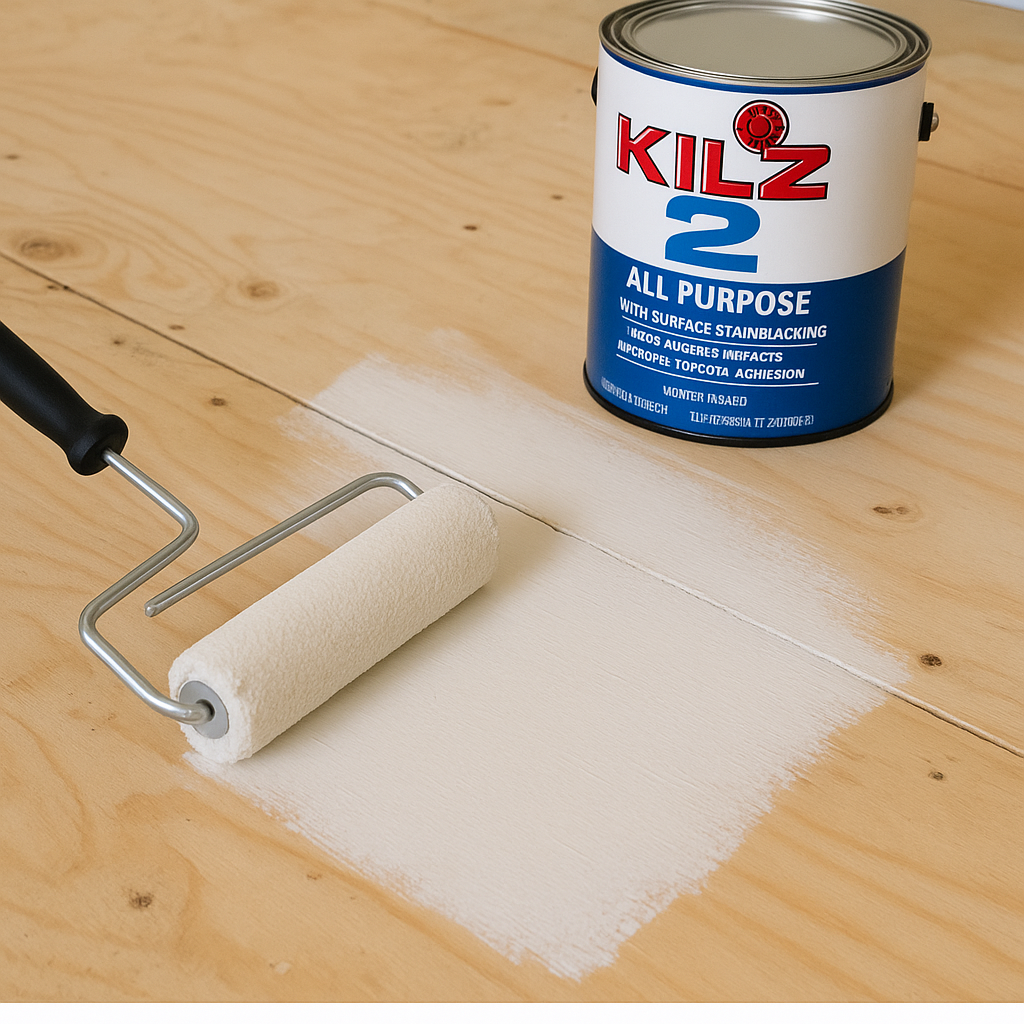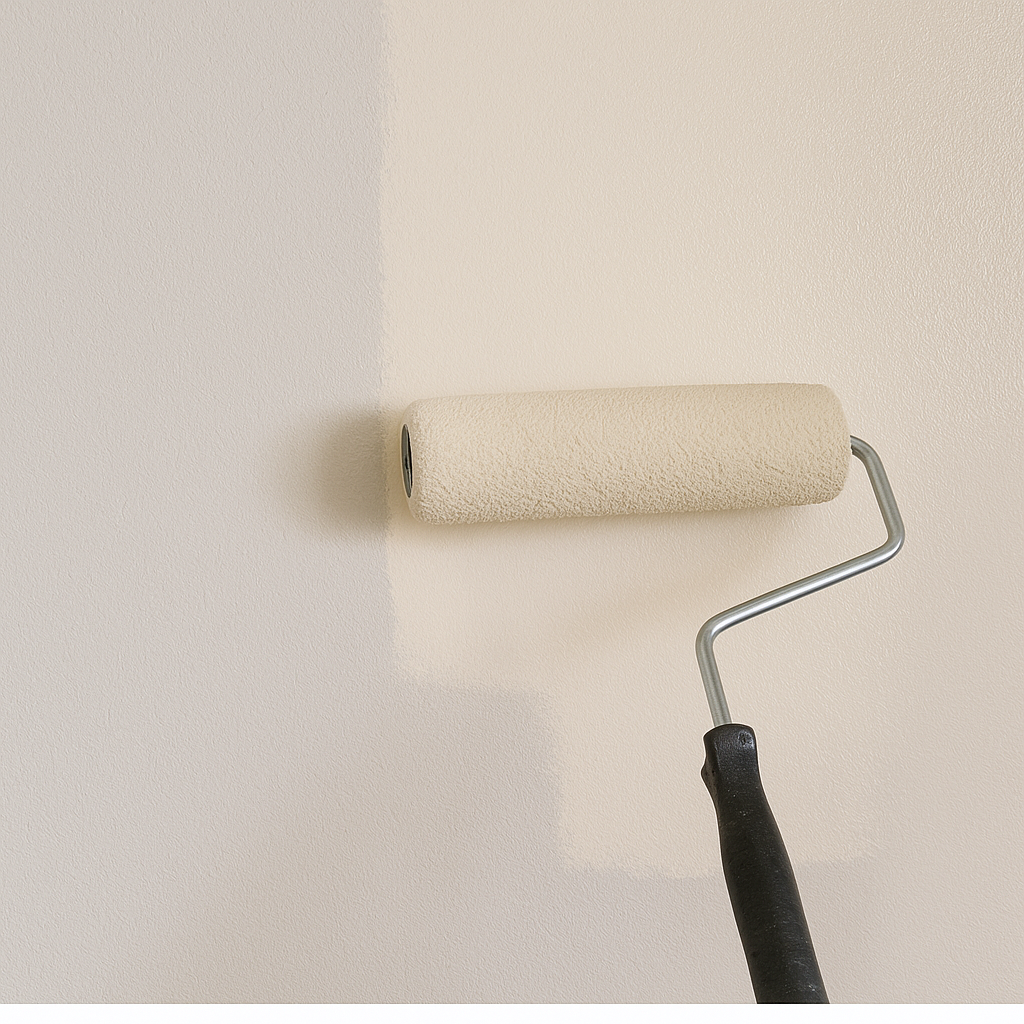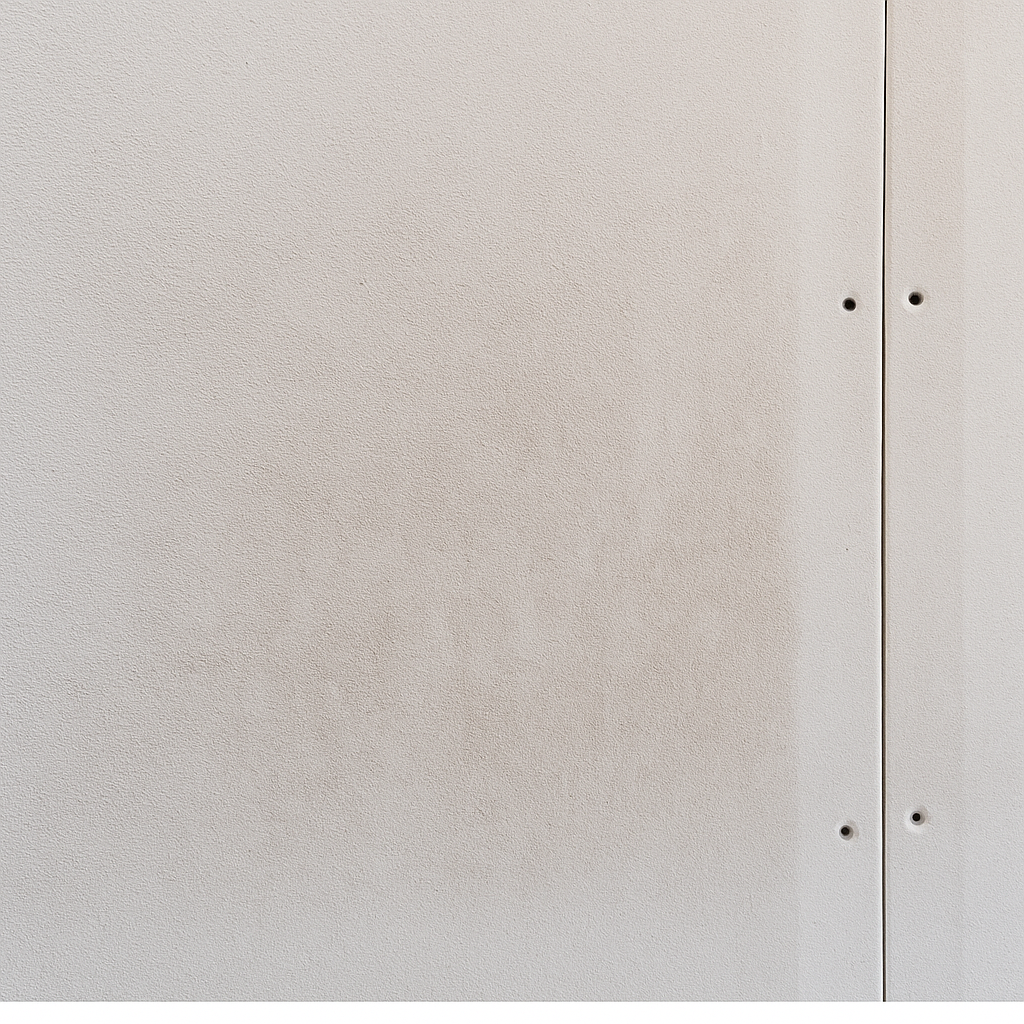Kilz 2 is one of the most popular water-based primers on the market. It’s known for its versatility, fast drying time, and low odor. It works best when applied over drywall or plaster. A question that pops up often, especially among budget-conscious DIYers and homeowners, is this:
Can Kilz 2 be used as a final coat?
Let’s break it down. In this in-depth guide, we’ll explore what Kilz 2 is, what it can and can’t do, when it might work as a topcoat, and when it’s better to finish your surface with traditional paint or sealer.
What Is Kilz 2?
Kilz 2 is a multi-surface, water-based primer, sealer, and stain blocker. It’s designed to:
- Seal porous surfaces
- Cover light to medium stains
- Provide a clean, uniform base for paint adhesion
Its water-based formula makes it easy to clean up and ideal for indoor use. It dries quickly and can be recoated in as little as one hour.
⚠️ Important Note: Kilz 2 is not mold-resistant and not ideal for high-moisture areas. Consider Kilz Premium or Kilz Mold & Mildew for those environments.
Can Kilz 2 Be Used as a Final Coat?
Technically, Yes. Practically, It Depends.
Here’s the honest answer: Kilz 2 is not designed to be a final coat, but in non-critical applications, you might get away with it. For example:
- Subfloor sealing
- Utility room walls
- Inside cabinets or closets
- Plywood sheathing in workshops
- Behind furniture or appliances
Where You Shouldn’t Use It as a Final Coat
- Exterior surfaces
- Kitchens and bathrooms
- High-traffic areas
- Furniture or cabinetry
- Anywhere you expect durability, cleanability, or UV resistance
Real-World Experiences Using Kilz 2 Without Paint
For many DIYers, the decision to use Kilz 2 as a final coat often comes down to practicality, budget, or project scope. While the manufacturer clearly states that Kilz 2 is a primer, not a paint, many homeowners and handymen have used it as a standalone finish in real-world scenarios. Their feedback offers a helpful, if unofficial, perspective. For instance, in basement workshops or utility closets where appearance doesn’t matter much, some users report applying two coats of Kilz 2 and leaving it as-is for years without noticeable issues. It doesn’t peel or flake when used correctly, especially over drywall or unfinished wood that has been properly prepared.
One user, renovating an old farmhouse, applied Kilz 2 directly over water-stained subfloor plywood in a guest bedroom. His goal wasn’t visual appeal—it was odor control and stain blocking. With two thick coats, the primer sealed the smells effectively and evened out the color enough that it looked clean. No carpet or laminate was laid over it for months, yet it held up just fine with only occasional foot traffic. While this wouldn’t pass as a finished floor by anyone’s standards, it shows that Kilz 2 can sometimes hold up on its own in controlled conditions. Still, it lacked the durability or washability of an actual floor paint.
When You Might Regret Skipping the Topcoat
Another homeowner sealed raw garage drywall with Kilz 2 and skipped the topcoat due to time constraints. After a year, dust buildup and chalking became visible, particularly where the sun’s rays hit. They later regretted not applying a satin topcoat to lock in the look and reduce surface dust. The lesson? While Kilz 2 might work in the short term, especially in hidden or low-traffic areas, it’s not a permanent solution where wear and exposure are factors.
When considering whether Kilz 2 can be your last step, think about your space: Is it visible? Will it get bumped, scratched, or washed? If the answer is yes, then the right choice is to follow through with a proper topcoat—even if it’s a budget brand. Latex paints, such as Glidden Essentials or Behr Premium Plus, are affordable and provide better surface protection, sheen, and scrub resistance.
Ultimately, Kilz 2 is a primer that excels at what it does: sealing, blocking minor stains, and enhancing paint adhesion. But when you push it beyond its design, you’re accepting tradeoffs. It might be good enough for closets, garages, or underlayment, but for anything people will see or touch regularly, add the extra step and finish it right. You’ll get better longevity, easier cleaning, and a surface that looks like you finished the job. And when it comes to resale value or renter-ready presentation, the details matter—painted walls will consistently outperform those with primer only.
Why Kilz 2 Is Not Recommended as a Final Coat
- No UV Protection
Without a topcoat, Kilz 2 will yellow over time when exposed to sunlight. - Not Scrubbable
It’s not built to handle moisture or abrasion. It will mark easily and absorb dirt or fingerprints. - Porous Finish
Kilz 2 leaves a chalky surface, which can attract dust and degrade faster than latex paint. - Low Aesthetic Appeal
It dries to a dull, flat white. Not ideal for finished walls unless you’re okay with a utility look.
Best Use Cases for Kilz 2 as a Topcoat
If you’re set on using Kilz 2 as a final coat, here’s where it’s more acceptable:
1. Subfloors Before Carpet Installation
Kilz 2 is excellent for sealing odors (like pet stains) on subfloors.

2. Closets and Attics
These are low-traffic zones where appearance and durability aren’t top priorities.
3. Under Workbenches or Shelving
In a garage or basement shop, using Kilz 2 under wood surfaces helps reduce the absorption of wood dust.
Alternatives to Kilz 2 for Final Coats
If you’re looking for a budget-friendly finish that can look good and last, consider these options:
✅ Behr Premium Plus Paint + Primer
🛒 View on Amazon
Great for interior walls, includes built-in primer, is scrubbable, and is durable.
✅ Rust-Oleum Ultra Cover Latex Paint
🛒 View on Amazon
Affordable and available in satin or gloss—ideal over Kilz 2 base.
✅ INSL-X Cabinet Coat
🛒 View on Amazon
Perfect for a furniture-grade finish over primer.

Can You Tint Kilz 2?
You can tint Kilz 2 slightly (up to 2 oz. per gallon), but it will still be flat and less vivid than a proper topcoat. It won’t replace actual paint in richness or scrubbability.
How Long Does Kilz 2 Last Without a Topcoat?
Expect the following lifespan:
| Location | Estimated Durability Without Topcoat |
|---|---|
| Indoors (low use) | 6–12 months |
| Indoors (moderate use) | 3–6 months |
| Outdoors | 1–4 weeks |

How to Properly Use Kilz 2 (If You Insist on Skipping Paint)
If you still want to use Kilz 2 alone, follow this guide for best results:
Step 1: Prep the Surface
Clean, dry, and lightly sand if needed.
Step 2: Apply Even Coats
Use a quality roller or sprayer for smooth application.
Recommended Tool:
🛒 Purdy White Dove 9” Roller Covers (6-pack)
Step 3: Apply a Second Coat
Once dry to the touch (approximately 1 hour), apply a second coat to enhance coverage and provide a more effective seal.
Step 4: Protect from UV & Moisture
Use curtains, shades, or other means to keep Kilz 2 out of sunlight and away from water.
FAQs About Kilz 2
❓Is Kilz 2 Waterproof?
No. It’s water-resistant to a degree but not waterproof. You’ll need a separate sealer for waterproofing.
Try This:
🛒 Thompson’s WaterSeal Clear Wood Sealer
❓Can I Use Kilz 2 on Furniture?
Only as a primer. Do not use it as a finish coat on anything that sees regular use, like chairs, tabletops, or cabinets.
❓Can You Sand Kilz 2?
Yes, once it’s dry. Light sanding between coats helps remove any texture or debris.
Tool Suggestion:
🛒 3M Pro Grade Sandpaper, 120 Grit
❓Can You Use Kilz 2 Over Oil-Based Paint?
Yes, but lightly scuff the surface and clean thoroughly before applying.
Final Verdict: Is Kilz 2 a Good Final Coat?
Short answer: Not really.
Kilz 2 is engineered to support your finish coat, not replace it. It lacks the finish quality, protection, and longevity of real paint.
Still, in very specific, low-visibility, low-use situations—like behind appliances, in closets, or on raw subfloor—you may get away with it.
🛠️ Pro Tip: Use Kilz 2 to save money on primer—but never cut corners on your final coat. Paint is what protects your surface for years to come.
🧰 Recommended Kilz 2 Products on Amazon
| Product | Link |
|---|---|
| Kilz 2 All-Purpose Interior/Exterior Primer (1 Gallon) | 🛒 View on Amazon |
| Kilz 2 Latex Primer Spray (13 oz.) | 🛒 View on Amazon |
| Purdy XL Paintbrush Set (3 Pack) | 🛒 View on Amazon |



